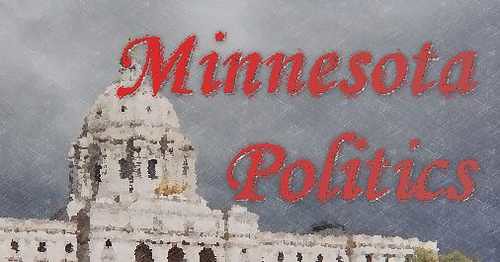Cutting the size of the legislature
Mr. Anonymous, author of so many notable quotes throughout history, stops by my blog to ask what I think about a bill reducing the size of the legislature. Bills like this one, as well as bills for a unicameral legislature, are introduced just about every year, and so far we haven't see the size of the legislature reduced. I don't have an opinion one way or the other on the size of the legislature, although I do think we could have another kind of reform.
I would like to see the House be elected based on proportional representation. If we divided up the state into 8 districts mirroring our congressional districts, and set the size of the House at either 128 or 136 members, that would mean that each district would elect 16 or 17 members. These members could be divided up based on the percentage of the vote each political party received in the district. The threshold would be a bit over 6% depending on how many members are elected, which is reasonable.
Under such a system, it would practically guarantee that no one party had a majority in the House. It would also ensure that no party dominates any particular area of the state. For example, I don't think that there is a single Republican House member in all the House districts within the Fifth Congressional district, which consists of Minneapolis and a few close suburbs. Under this plan, there would certainly be some Republicans and probably some Green party members elected to represent the Fifth district in the state House. Districts that are primarily Republican now may see more Democrats elected. Coalitions and compromise would probably increase. The Senate could be left alone, preserving the plurality election system in Senate districts.
This plan has no more chance of being enacted as the plan to reduce the size of the legislature, but it is the plan I would most like to see.



4 Comments:
How do you know that it is MR. Anonymous?
I don't. Next time it will be Miss Anonymous.
It was Mr.
Under your plan, how would the actual people sent to the legislature be chosen?
Each party would send the Secretary of State a ranked list of candidates in the district. Then, those candidates would be sent to the House based on the number of seats that party is allocated. For example, if a party won 50% of the vote in a district that sends 16 people, the top eight candidates on their ranked list would be awarded seats.
There are many ways that parties can come up with those ranked lists. District endorsing conventions or primaries would be the two major choices.
Post a Comment
<< Home